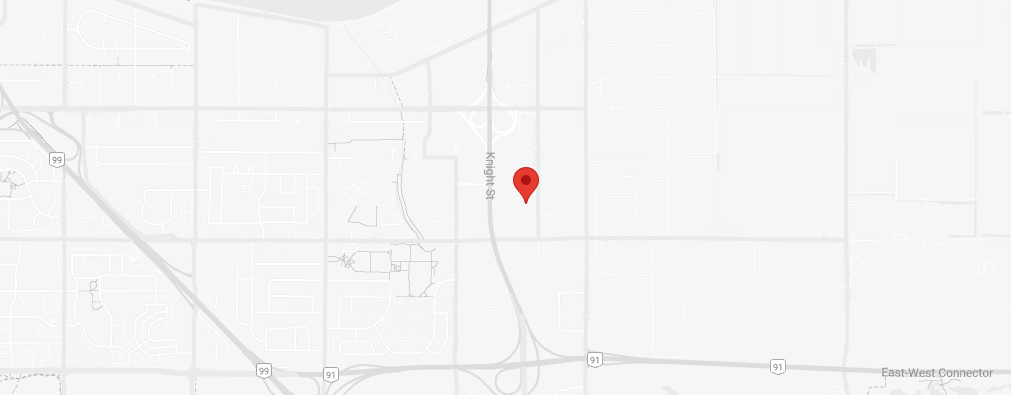Drying Concrete After Water Damage
 The best way to restore a property that has experienced water damage is to hire water damage restoration professionals. They strive to dry the property as efficiently as possible. When the walls and contents are dried, concrete areas are often assumed to be dried. However, concrete has unique properties that make it more difficult to dry properly.
The best way to restore a property that has experienced water damage is to hire water damage restoration professionals. They strive to dry the property as efficiently as possible. When the walls and contents are dried, concrete areas are often assumed to be dried. However, concrete has unique properties that make it more difficult to dry properly.
Concrete that is not dry enough can quickly ruin new floor coverings due to condensation. Because many unexperienced contractors are unaware of this, they can create problems for their customers by failing to remove excessive moisture from the concrete.
Professional restoration companies use specialized equipment to dry concrete properly:
- Low Grain Refrigerants and Desiccants help increase the evaporation of the bounded “trapped” moisture in the concrete.
- Containment chambers help with moisture evaporation in the concrete. By reducing the volume of space, concrete can reach equilibrium (the right amount of humidity) quicker.
- Thermo-hygrometers and non-evasive meters help determine if the concrete is reaching its equilibrium humidity. Because concrete is water-loving, this equilibrium humidity can often be in the upper 60’s.
Additional drying may be needed and can be achieved through air movement. Removing the boundary layer from the surface of the concrete also facilitates drying. The use of dehumidifiers is also essential in the drying process.
The restoration technicians will monitor the humidity levels and, when the drying process is complete, new floor coverings can be installed. Note that professional flooring installers must determine that the subfloor is in good condition and dry enough before they proceed with the installation.
More tips to protect homes or properties from water damage are available here. It is important to act quickly after experiencing water and storm damage; this article provides tips to learn how to act immediately after the disaster. The PuroClean team stands ready to provide professional restoration services to any property affected by fire, water or mould damage.
Follow us on Twitter, Facebook, Google+ and LinkedIn to get our notifications!



